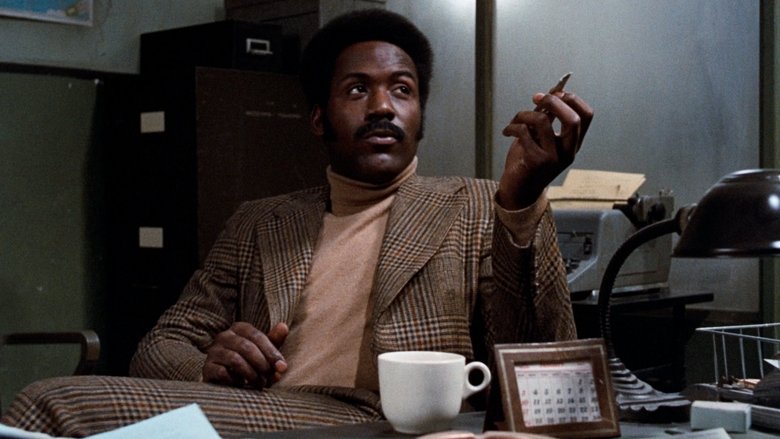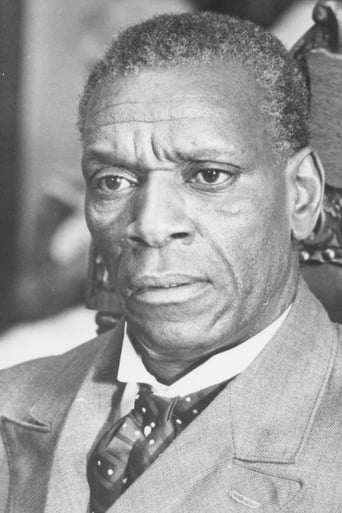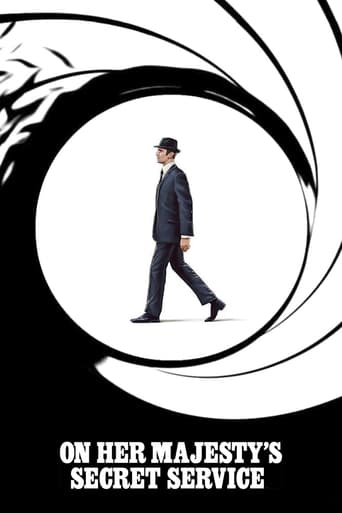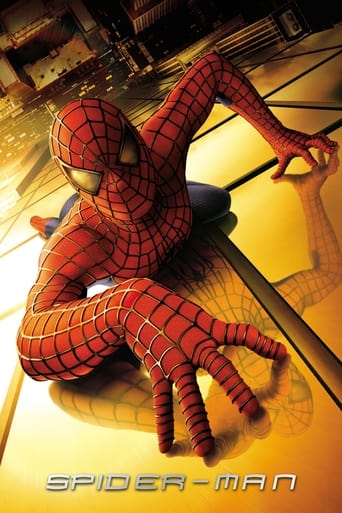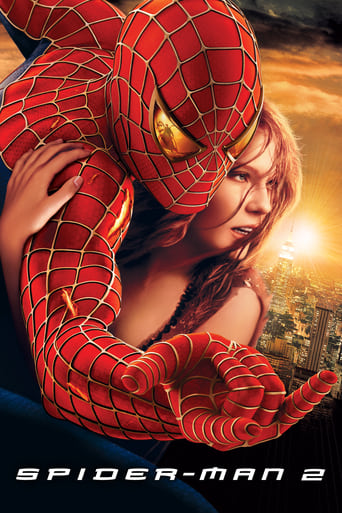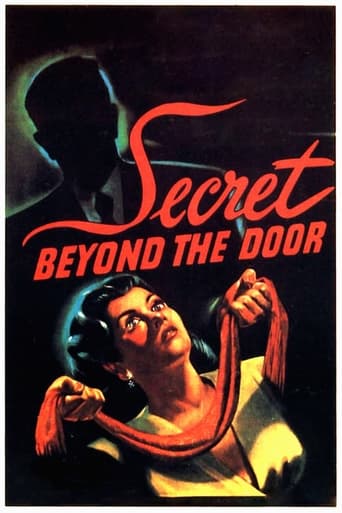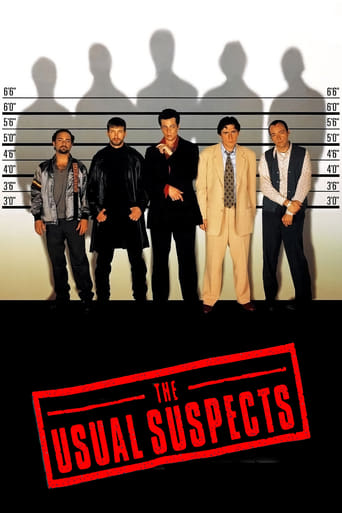Shaft (1971)
Cool black private eye John Shaft is hired by a crime lord to find and retrieve his kidnapped daughter.
Watch Trailer
Cast
Similar titles
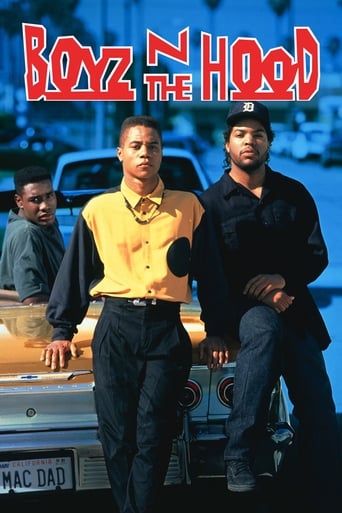
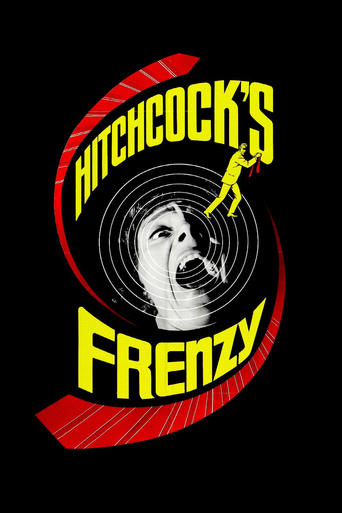
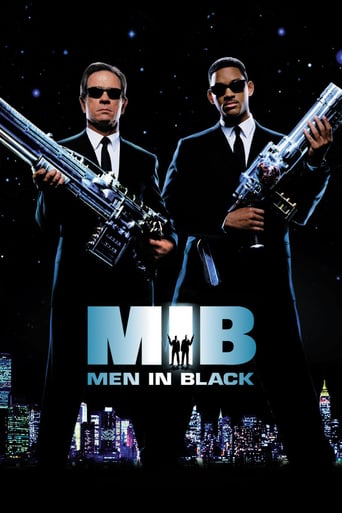

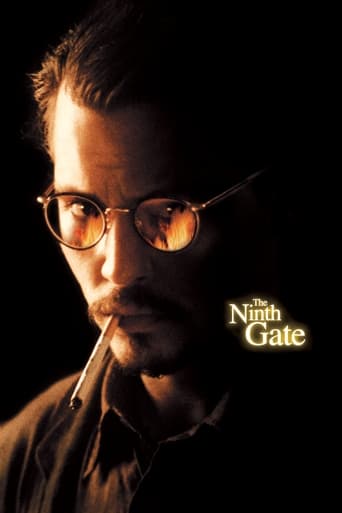
Reviews
Blistering performances.
The film never slows down or bores, plunging from one harrowing sequence to the next.
There are moments in this movie where the great movie it could've been peek out... They're fleeting, here, but they're worth savoring, and they happen often enough to make it worth your while.
One of the most extraordinary films you will see this year. Take that as you want.
Despite having heard Isaac Hayes famous score over the years,I have for some reason never got round to taking a look at the most famous title in the Blaxploitation genre.Taking a look at IMDbs Film Noir board,I spotted an excellent review from a fellow IMDber about Shaft being a Neo- Noir.Getting hold of 2 other Blaxploitation movies,I decided that it was time to meet the complicated man.The plot:Keeping his ears open for all of the news circling "the street", private investigator John Shaft is asked by two cops if he knows why some gangsters are after him.As he brushes their questions aside,Shaft spots a gangster spying on him. Returning to his office,Shaft catches 2 waiting gangsters by surprise,and gets one of them to reveal that they have been sent by legendary gangster Bumpy Jonas,who wants a private meeting with Shaft.Locating Jonas,Shaft begins to ask why he has sent thugs to follow him. Displaying a weakness in his iron grip on the city,Jonas tells Shaft that he wants him to track down his daughter Marcy,who have been kidnapped by a rival gang.As he starts to search all the hideouts for Marcy,Shaft discovers that he is now in the middle of a ruthless gang war.View on the film:Originally auditioning for the title role, Isaac Hayes (and J.J. Johnson) makes his presence strongly felt with a wonderfully raw score. Grinding into life with a deep Funk riff over the opening credits,Hayes and Johnson brilliantly cross Blaxploitation Funk with light Neo- Noir jazz,with the guitar riffs gliding above rumbling Jazz drums.Teaming up with writer John D.F. Black to send his pulp novel out on the big screen beat, Ernest Tidyman gives Shaft's lifestyle a slight Blaxploitation edge which is gripped by a strong,grubby Film Noir atmosphere.Taking their time to put Shaft in the middle of a gang war,Black and Tidyman brilliantly place Shaft as a Film Noir loner,with Shaft keeping his guard up as he speaks to white police officers,whilst never fitting in with the ruthless gangsters steeping down his neighborhood.Filmed on location,director Gordon Parks (who has a funny cameo in the film) and cinematographer Urs Furrer drain the Blaxploitation genre of any decadence,to unveil a tough,to the bone Neo-Noir atmosphere.Following Shaft as he searches every den for Marcy,Parks and Furrer open up every den with tightly held shots which fully display the brittle paint and rotting wood of the buildings which are inhabited by thugs who are rotten to the core.Taking on Shaft, Moses Gunn gives a fantastic performance as Bumpy Jonas,with Gunn opening wounds of doubt in Jonas unbreakable public image,as Jonas begins to fear that he has gotten his daughter involved in a deadly matter that he is helpless to resolve.Walking down the decayed streets, Richard Roundtree (who appears naked!) gives a dazzling performance as Shaft,thanks to Roundtree giving Shaft a cool swagger which never oversteps the sharp quick-wits that Roundtree shows Shaft use with a gripping determination ,as the audience discover who is the man.
I heard a bit about this movie, and from what I know it is supposed to be a cult movie, so when I saw it in the video store I decided to hire it out to see what it was all about. Basically Shaft is described as being one of the Black Exploitation movies. Basically it is a movie where all of the main characters are Negros and white people are only cast when either necessary or to fill the role of the bad guys. In the case of this movie there are really no clear cut good or bad guys.Shaft is about the Negro detective John Shaft (Richard Roundtree). Shaft is basically a very tough guy that intimidates but isn't intimidated. He is also what is described in the opening song (which won composer Isaac Hayes an Oscar) as a sex machine. He only sleeps with two girls in the movie though, and one of them is his woman, but they do both comment on his prowess.What is interesting is that all of the characters are basically thugs. None of them have any really redeeming traits and are simply trying to bully each other into submission. This isn't just focused on the Negroes in the movie, but everybody acts as bullies, from the Anglo police officers to the Italian Mafia. It is just that Shaft's bullying is more effective than others.Just because Shaft is a bully, it does not mean he is stupid. He does not go bursting into a room full of armed men unless he is sure that he can win. He doesn't run away either, but rather he remains calm and collected, and then turns the tables on his opponents.I guess Shaft takes the human race as it comes. They are little more than thugs trying to best each other, either through brute force, charisma, or intellect. In the end, it always comes down to might means right, and that is not always the physical side, for elections are little more than popularity competitions, and the most charismatic will generally win.
Shaft is not the first Blaxploitation but it is the most accomplished and most memorable. A workaday script is launched into cultural orbit by the charismatic performance of RIchard Roundtree and the unforgettable theme by the late Isaac Hayes. The importance of this movie is not that it was hugely successful (although it was), but that it was produced and performed by a crew and cast that was predominantly black. It proved that there was a significant audience for movies that represented black culture on its own terms and treated the audience with respect. Importantly, Shaft isn't a wholly sympathetic character: Through the prism of the 21st Century he could be construed as both misogynist and racist (see his treatment of the female characters and the portrayal of the Italian mobsters) But he is also loyal, brave resourceful and charming. This complexity is one of the strengths of the movie. The sequels lack the energy of the original and suffer from diminishing marginal returns and Roundtree was never as good again. He didn't need to be, most actors never achieve the level of charisma even once. Nor do they have the chance to create what is a truly iconic role. Samuel L Jackson in the remake certainly failed to. Here's a link to an animated review of this movie. http://www.youtube.com/watch?v=Qqm4f9-xzRY
The NAACP gave up trying to persuade Hollywood to cast more African-Americans in films and television shows in 1963 and resorted to legal measures and economic sanctions. Consequently, blacks began to appear in both major and minor roles in greater numbers. Actor Sidney Poitier emerged in the late 1960s as the first truly popular African-American actor and qualified as an example of "the model integrationist hero." By the 1970s, African-Americans had turned up not only in ghetto-themed movies but also every other film genre and television show. Meanwhile, the discrimination that black actresses encountered simply mirrored the shortage of roles white actresses had contended with in Hollywood since time immemorial. Former Cleveland Browns football star Jim Brown rose to prominence in the wake of Sidney Poitier as the new African-American hero. Poitier and Brown served as precursors for Blaxploitation.Eventually, the pendulum swung from one extreme with the racist depiction of blacks as subservient Sambo characters before the 1960s to the newest extreme with blacks portrayed as Superspades in what later constituted a cinematic phenomenon called Blaxploitation. Essentially, the golden age of Blaxploitation movies occurred between 1970 and 1975 and these movie targeted primarily black audiences. Blaxploitation heroes and heroines displayed a social and political consciousness, and they were not confined to single roles. They were cast as private eyes, policemen, vigilantes, troubleshooters, pimps, etc. In each instance, these characters worked within the system, but they did so as they saw fit and sought to improve the African-American community. Not surprisingly, blaxploitation heroes often clashed with whites, but they refused to depict whites in strictly monolithic terms. Good whites and bad whites jockeyed for prominence in the films. Although one NAACP official described blaxploitation as just "another form of cultural genocide," African-American audiences flocked to see them. Blaxploitation movies knew no boundaries and encompassed comedies, musicals, westerns, coming-of-age dramas, slave plantation films, and horror movies.Director Ossie Davis' urban crime thriller "Cotton Comes to Harlem" (1970), about two African-American N.Y.P.D. cops, Coffin Ed Johnson (Raymond St. Jacques) and Gravedigger Jones (Godfrey Cambridge), based on the Chester Himes novel, paved the way for the movement. When the film premiered, critics did not categorize Cotton as blaxploitation. Interestingly, the term "black exploitation" first appeared in print in the August 16, 1972, issue of the show business newspaper "Variety" when the NAACP Beverly Hills-Hollywood branch president, Junius Griffin, coined the term in a speech about the derogatory impact of the genre on African-Americans. Later, black exploitation was abbreviated as blaxploitation. The two films that historians have classified as "germinal" were independent filmmaker Melvin Van Peebles' "Sweet Sweetback's Baadasssss Song" (1971) and mainstream director Gordon Parks' "Shaft" (1971). Peebles's film supplemented the content of Davis' film with sex and violence, and Sweetback's success with black audiences triggered the blaxploitation craze, one of the most profitable in cinematic history. Major Hollywood film studios rushed similar films into production. Metro-Goldwyn-Mayer followed Sweetback's success with their private eye thriller "Shaft" (1971) starring model-turned-actor Richard Roundtree as the equivalent of Humphrey Bogart's Sam Spade gumshoe character in "The Maltese Falcon." Some critics complained that movies like Shaft simply substituted blacks in roles that were traditionally played by whites. Initially, MGM thought about of rewriting the African-American lead in Shaft, based on Ernst Tidyman's novel as a Caucasian.As a detective movie, Shaft observed all the conventions of the genre. The action opens with the trench-coated protagonist wearing out shoe leather in Manhattan to the tune of Isaac Hayes' Oscar-winning theme music. The lyrics provided a thumbnail sketch of the hero's persona. Private detective John Shaft lives up to those lyrics as "the cat who won't cop out when there's danger all about." An infamous Harlem crime lord, Bumpy Jonas (Moses Gunn), loosely based on real-life criminal Bumpy Johnson, hires Shaft to locate his missing daughter Marcy. Eventually, Shaft discovers that the Italian mafia has abducted her and he assembles a motley crew of black militants to help him rescue Marcy. The success of Shaft spawned two sequels "Shaft's Big Score" (1972) and "Shaft in Africa" (1973) and later a short-lived television series. Many blaxploitation movies gained notoriety for negative portrayals of African-Americans trapped in the ghettos that resorted to crime and vice to triumph over their hostile surroundings and oppressive white landlords.

